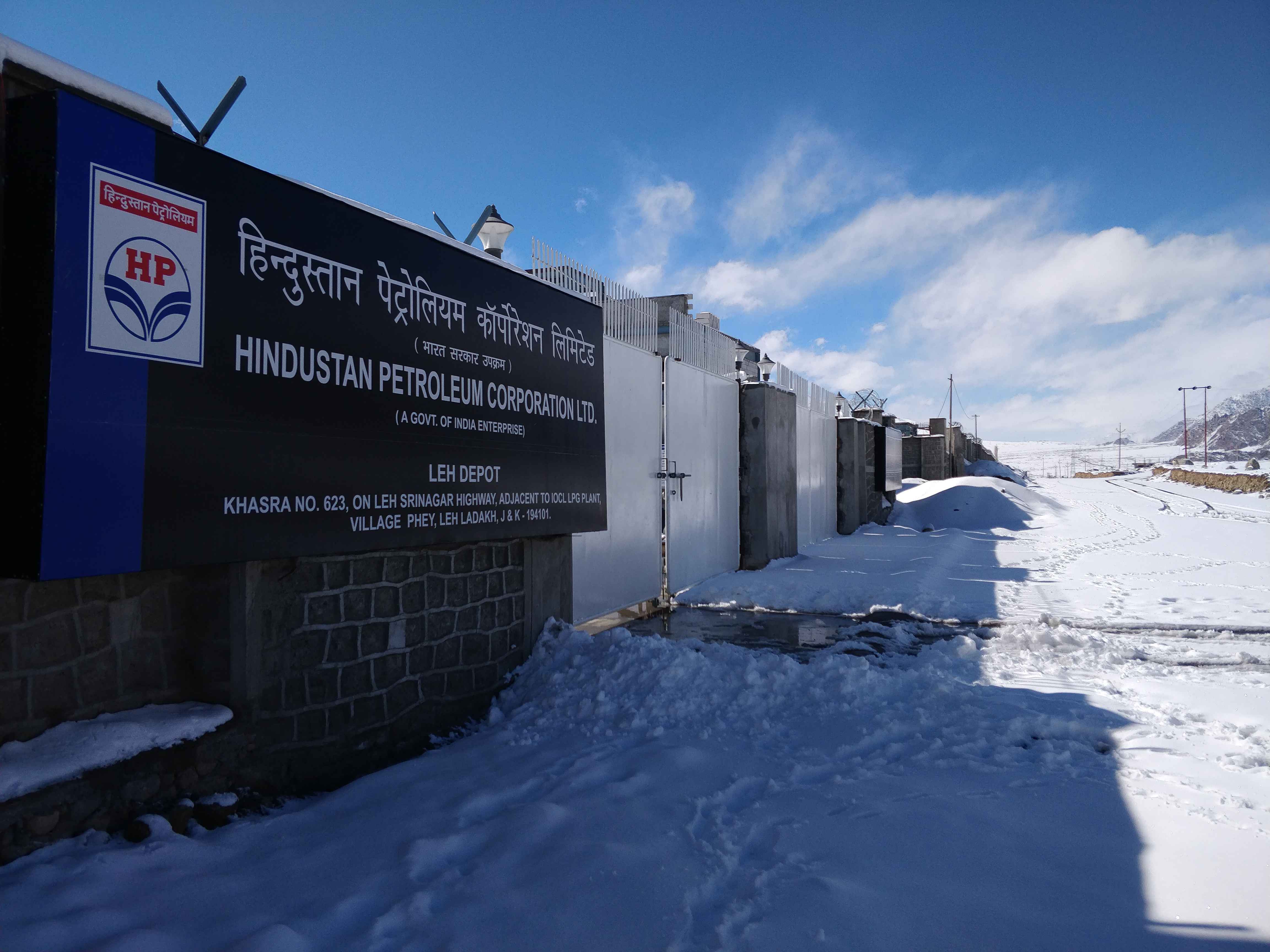Centre May Cut Capital Infusion in Three Oil Marketing Companies in 2023

Centre May Cut Capital Infusion in Three Oil Marketing Companies in 2023
The Centre is thinking of scaling back the equity infusion plan for the three firms since state-run oil marketing companies (OMCs) have recovered most of the FY23 losses in the marketing margins in the current fiscal year by maintaining retail pricing despite a steep decline in crude prices.
The government declared on February 1 that it would invest Rs 30,000 crore in equity capital in the three OMCs — Indian Oil Corporation (IOC), BPCL, and HPCL — to achieve net-zero and energy transition goals.
Following the release of the Budget, the BPCL Board authorized a rights issue of shares to shareholders in June for Rs 18,000 crore, representing a minimum Rs 9,500 crore capital infusion by the Centre for its 52.98% ownership. A rights offer to raise Rs 22,000 crore was authorized by the IOC board in July, with the government required to inject at least Rs 11,330 crore for its 51.5% holding.
Promoters often agree to fully subscribe to both their share of the rights and the undersubscribed share. A preferential allotment was anticipated to distribute the remaining funds from Rs 30,000 crore to HPCL, a state-run upstream powerhouse ONGC subsidiary.
The budget allocation was based on the prediction that OMCs would find it challenging to undertake capital expenditures in FY23 due to high oil prices and their inability to sell vehicle fuels at profitable pricing.
Due to the freezing of petrol and diesel prices as world prices increased, three state-run retailers, IOC, BPCL, and HPCL, lost a staggering Rs 21,201 crore during the first half of the previous fiscal year.

Since capital spending is a crucial area to enhance economic activity and growth, the government didn’t want to fund the OMCs but also didn’t want them to suffer.
Although oil prices recently increased, the official noted that they were doing admirably from April to July 2023.
The Indian basket of crude prices increased by an average of 18% in FY23 to $93.15/barrel compared to $79.18/barrel in FY22 due to the Russia-Ukraine war. The Indian crude oil basket averaged $74–75 per barrel in May and June 2023, $80 per barrel in July, and $86.69 per barrel in August, reflecting price changes brought on by happenings on the international stage. Analysts predict that OMCs will continue to profit if oil prices stay below $80-$85 per barrel.
Although the IOC and BPCL have revealed their intentions for rights issues, the official said that the government has yet to decide on the amount of capital injection. “It’s too soon to determine whether or not OMCs are working well. The source said, “The capital infusion may proceed following the financial plan.

Compared to FY23’s investment of Rs 35,205 crore, IOC has forecasted a capex of Rs 30,395 crore for FY24. The projected capital for BPCL is down to Rs 10,000 billion in FY24 from Rs 11,527 billion in FY23. In FY24, HPCL would invest Rs 10,210 crore instead of Rs 13,847 crore in FY23.
IOC, BPCL, and HPCL’s stock prices decreased Friday from the previous BSE closing prices by 0.95%, 1.27%, and 0.17%, respectively.
In a move that may have significant implications for the Indian oil and gas sector, the Central Government is reportedly considering reducing its capital infusion into three major Oil Marketing Companies (OMCs) for the fiscal year 2023.
The companies likely to be affected by this decision are Indian Oil Corporation (IOC), Bharat Petroleum Corporation Limited (BPCL), and Hindustan Petroleum Corporation Limited (HPCL). This article explores this strategic decision’s potential implications, challenges, and repercussions.
The Government of India has been a critical stakeholder in these three OMCs, infusing capital to maintain their operational capabilities, infrastructural developments, and expansion plans.
However, with the country grappling with economic challenges and the government focusing on fiscal consolidation, the possibility of reducing capital infusion in these corporations has come to light.

Reducing capital infusion means that these companies would have to rely more on internal accruals or market borrowings to fund their ongoing projects and future expansions. This could impact their liquidity position and strain their balance sheets.
Investors often consider the financial health of a company when valuing its shares. Reducing government support could result in lower valuations, impacting the government’s revenue from divestments, if any are planned for these OMCs.A reduced capital infusion could affect the credit ratings of these OMCs, making borrowing more expensive and affecting their long-term financial planning.
Reduced capital support may lead to the postponement or even cancellation of planned upgrades or modernization projects. This can render these OMCs less competitive globally, affecting their market share and profitability.
With less capital, there might be less emphasis on green energy initiatives, and the transition to cleaner fuel sources could be hampered. This could have long-term environmental implications.

A decrease in capital investment may result in reduced production and distribution efficiencies. The companies might pass these increased costs onto the consumers, leading to higher fuel prices.
The petroleum sector has numerous linkages with other industries like chemicals, manufacturing, and transport. Reduced operational efficiency could have a ripple effect on these dependent industries.
A rise in fuel prices or a compromise in service quality could result in public outcry and political protests, affecting the government’s popularity.
Oil and gas are strategically critical sectors. Any perceived weakening of these companies could have national security implications, as energy security remains a concern for any nation.

The decision to cut capital infusion in the three significant OMCs in 2023 is complex, with multiple ramifications across financial, operational, economic, and political spheres.
While fiscal responsibility and budget constraints are valid concerns, weighing these against the longer-term implications of such a move is crucial. As the government contemplates this decision, conducting a comprehensive risk assessment and engaging with stakeholders to arrive at a balanced and sustainable course of action would be prudent.





